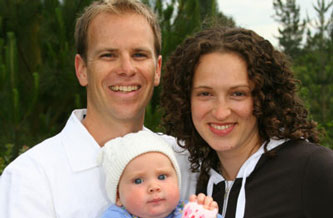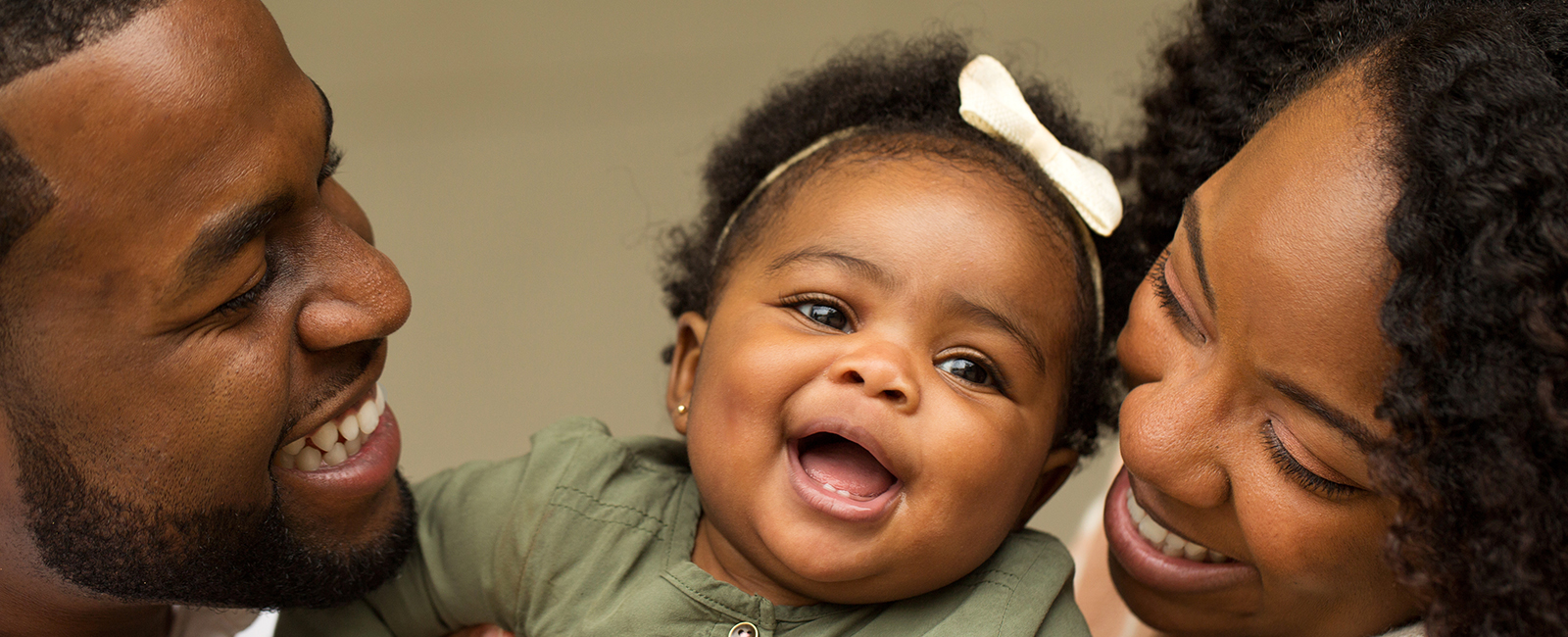Boo
Foster Care
“How do you give them up?”
According to Boo, a foster parent with NVFS, this is the most often asked question by those considering becoming a foster parent. Her own answer is telling.
“Well, one time I didn’t. That is, I made my husband do it because I knew I couldn’t handle it and didn’t want to be one of those clingy women wailing in the parking lot. The answer? Well, what we do as foster parents is love the children. That’s essentially it. And, unfortunately, what I have learned in the past two years is that there will always be another child needing someone to love him.”
Being a foster parent is not easy. The image of welcoming a child into your home brings warm fuzzies to mind. However, opening your home is just the first part of the process, as Boo will quickly tell you.
“What is the hardest part about being a foster parent?”
“The unpredictability of it all,” she promptly answered. “I wasn’t the most flexible person when I started, but if I have learned nothing else as a foster parent, I know that everything is subject to change.”
That “everything” ranges from the children themselves to the myriad groups of people whom foster parents also welcome into their home. Foster parents could receive a call in the middle of the night, stumble to their feet to prepare a bed for the child, and then receive another call informing them that placement is not needed. Medical appointments, therapy sessions or birth family visits can crop up unexpectedly, often on short notice. Foster children, their case workers and foster families can walk into court expecting one outcome and find themselves facing another. Nothing is predictable.
Once placed in a home, a foster child will have a county caseworker, who maintains legal custody of the child while under care and coordinates all his services. The foster child will have a Guardian Ad Litem, who serves as guardian for the child in legal matters. If placed under the care of a therapeutic agency, in this case NVFS, will also provide a caseworker for the child and the foster family. Finally, the child might also have a Child Appointed Special Advocate, volunteers who serve as advocate for the child. One child and possibly four adults is what foster parents really receive when they open their doors.
Each one of these people, from child to adult, represents a challenge to be juggled within the foster family’s life. Each one of these people represents the complexity of the needs of foster children and the sobering reality that there are never any easy solutions to the problems they face.
But with the unpredictability comes the opportunity to be more than you are, to rise to the occasion on behalf of someone in need.
All children have hopes and dreams, likes and dislikes. Some might need help in learning new coping strategies, but all need love and support. It is with the latter that foster parents provide the most crucial element in the healing of a foster child.
“You never know what you will get,” says Boo. Thousands of children across the country and hundreds in our own communities enter into foster care each year. In their best interest, these children are uprooted from dangerous, harmful, or neglectful homes to be taken to a place of safety. They might arrive with just the clothes on their backs or with the kind of baggage no one can really see. Some have been neglected or abused, while others may suffer from medical problems, emotional hurts, or developmental delays. Some may have difficulty in connecting with others. But no matter what has previously occurred in the child’s life, all are in need of nurturing and stability.
Flexibility in the small things and the big things is key.
Sometimes a county caseworker can paint a clear picture for the new foster parents, but just as often, that discovery comes later. Understanding that the reasons behind a child’s behavior might not be that simple. A crying baby can be annoying at times, but when you know that the baby is actually fretting because he has been left alone for long periods of time and is anxious when you step out of his sight, your attitude toward those tears changes.
“I never realized how important it is to connect with a child, with a tiny baby, until I became a foster parent,” stated Boo, as she scooped up one of the two babies currently in her home to wipe the drool from his chin, planted a swift kiss on his chubby cheeks, and settled him comfortably in a play center. Even while talking, her eyes would stray back and forth to the babies, the love she spoke of clearly painted across her face. Two babies, nearly the same age, and yet miles apart with regard to development and security reside in her home. Two babies added to a family of five. Yet their presence seems to pull the family together rather than to serve as interference.
“I was ready long before my husband was, but I knew that we both had to be on board to do this,” Boo explained. “The funny thing is that when we had completed our training and asked about when we might get a placement, it was my husband who immediately said yes to the news there was a child waiting for a new home, and I was the one thinking that we needed more time.”
As families come in all shapes and sizes, so do foster families. Single dads, older couples, and grandparents all represent a break from the traditional family of the past. But when the foster family involves more than just a single parent, the decision must be made together, for the care becomes the task of the family at large.
Boo’s own children play with the babies, change diapers and take turns feeding them. They coo and tickle and hug the babies. They whisper sweet nothings and plant soft kisses on brows they know might be gone tomorrow or the next week or the next year. They do so because they also love the foster children who have come into their lives over the past two years.
Social workers, doctors, therapists, and lawyers all work to determine the best interests of the foster child and to provide them with a stable family.
The first goal, always, is to work the child’s birth family to reunite them. If reunification is not possible, adoption becomes the goal. They work long and hard, navigating a path that is often filled with obstacles that would stop a less determined person. It is the nature of their jobs and the character that marks their personalities. But all of their work would be in vain without foster parents who are willing to not only take in child, but to love him. To love him even knowing that one day he will leave, taking a piece of their heart with him.

“I was ready long before my husband was, but I knew that we both had to be on board to do this. The funny thing is that when we had completed our training and asked about when we might get a placement, it was my husband who immediately said 'yes' to the news there was a child waiting for a new home, and I was the one thinking that we needed more time.”


